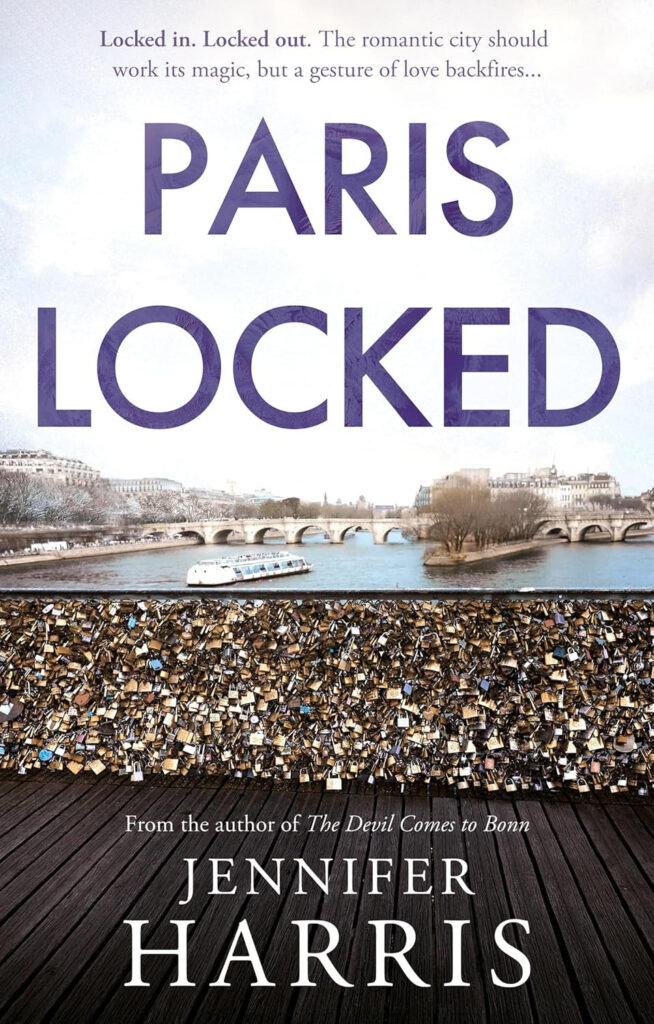 A cleverly crafted and emotionally nuanced novel, Paris Locked by Jennifer Harris is a layered and brutally honest tale of responsibility, victimhood, compromise, and resilience.
A cleverly crafted and emotionally nuanced novel, Paris Locked by Jennifer Harris is a layered and brutally honest tale of responsibility, victimhood, compromise, and resilience.
Attempting to salvage the remains of their twenty-year marriage, Marian and Jason attach a symbolic padlock to the legendary Ponts des Arts, only to send an overburdened panel of the bridge crashing into the Seine. When a child’s death is later attributed to the tragic collapse, global attention turns to this deadly straw that broke the camel’s back, sparking an international debate over morality, responsibility, and privilege.
Marian, a hyperreal painter preparing for her debut exhibition in Paris, finds herself at the center of a personal, political, and ethical disaster that triggers a deep personal reckoning. The grim weight of the couple’s actions and lack of accountability settles heavily on Marian’s shoulders, threatening the breakout moment of her career and any hope for marital redemption, particularly because their reactions to the contentious collapse are so different. Drawing on strong female foils and the traumatic events of her own past, Marian is forced to face the hard truth that not every wound can be healed, nor transgression forgotten.
Frequently capturing the tension of a couple on the rocks – with painful accuracy – the novel places a microscope on a crisis that further strains the bonds of loyalty and the expectations of a romantic partner. Marian’s complex relationship with motherhood, loss, and her grief at the emotional elision of Olivia and Quintina makes for some of the most emotionally poignant moments in the prose. These plot elements are coupled with mature and pragmatic examinations of adultery, forgiveness, and the struggle for balance between personal fulfillment and professional success.
Paris is itself an irreplaceable character in the narrative, with its architectural history and cultural allure driving plotlines and drawing characters toward world-famous locales and the quaint corners of uncommon arrondissements. Whether or not a reader has spent time in Paris, this reading experience offers either a visceral reminder, or a vicarious portal. The prose also offers a thought-provoking reflection on the cultural impact of unrestricted and irresponsible tourism, and the human cost of notoriety, addressing the burdens of fame in the age of social media, the exhausting pursuit of pure artistry, and the savagery of mob mentality, especially when fueled by blind nationalism. The catalytic event that drives this novel did occur in the real world in June 2014, albeit devoid of the tragedy, which gives the novel’s premise even more weight and appeal.
The language throughout is sculpted with care, balanced well between scene-setting and character expansion, and the author writes with confidence and an unhurried style. Occasionally, the narrative lingers on scenes a bit too long, or redescribes a setting with multiple florid lines, both of which can interrupt an otherwise smooth-flowing pace. However, these small execution issues are easily overlooked in such a surprisingly cerebral and philosophical story – a vulnerable and provocative “critique of persistent fantasies,” which delivers a vivid portrait of a marriage in decline, an artist striving to find her element, and a legendary city in perpetual bloom.


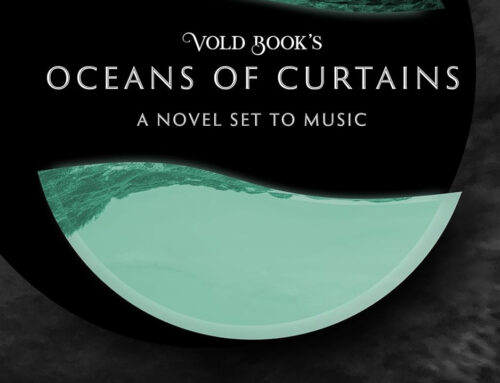
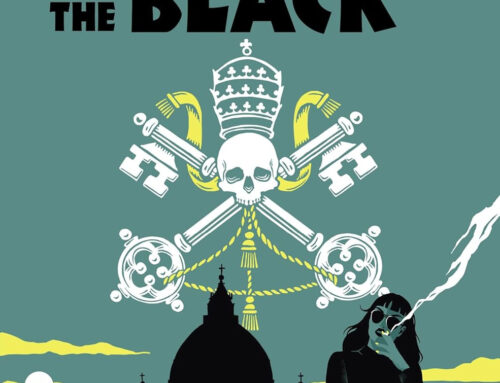
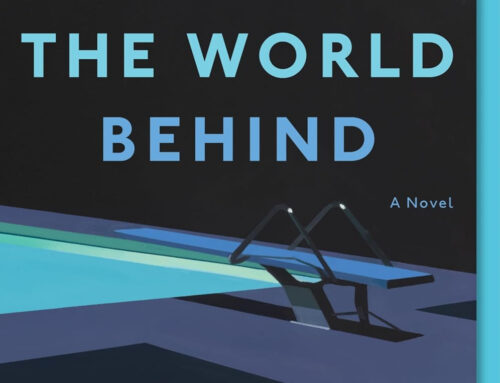

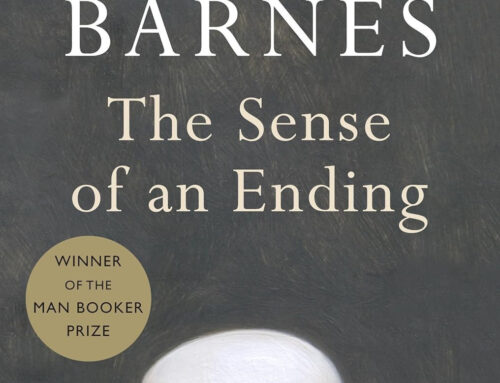


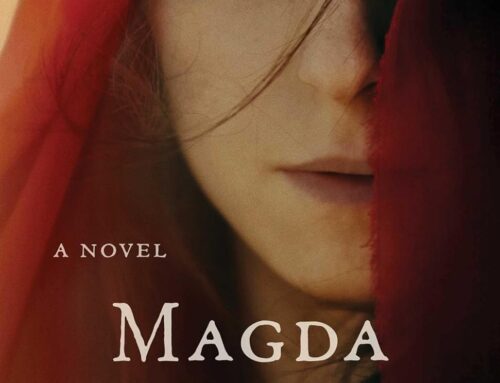
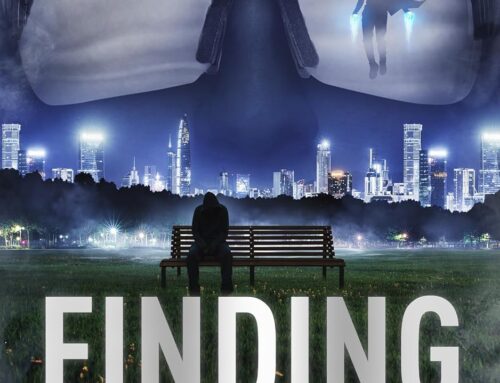
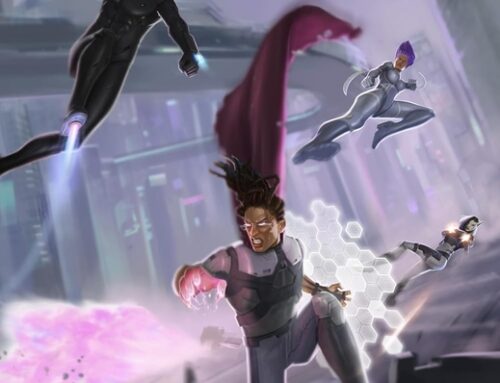

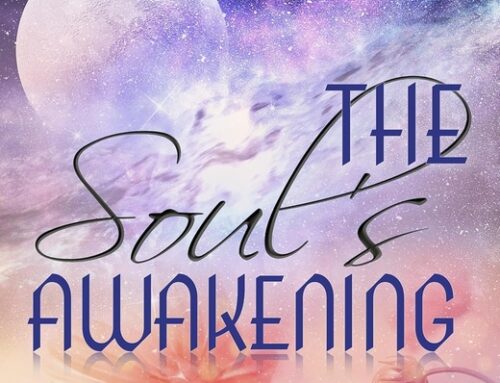


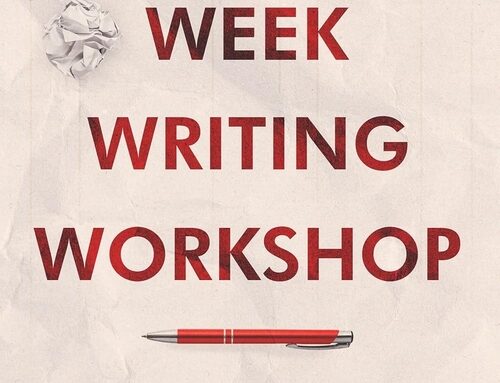

Leave A Comment